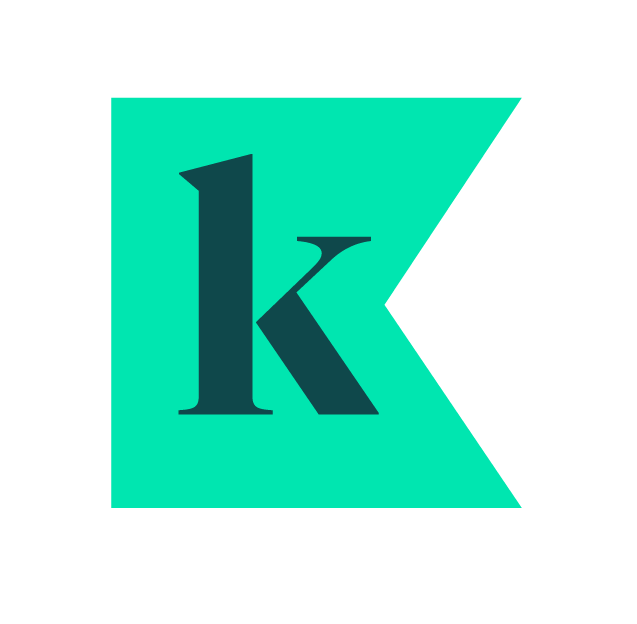
Building on the four leadership priorities we shared for coming back from the pandemic stronger, we’ve been struck by these insights from Microsoft’s 2021 Workforce Trends Index about the future of hybrid work. Here are some of the headlines across two of our four priorities.

Set deliberate intentions for the future work environment
Leaders are increasingly out of touch with their people, with 3 in 5 saying they’re currently thriving whilst the same proportion of other employees are surviving or struggling. Bridging this gap should be an immediate priority, with a particular focus on frontline workers and Generation Z, who are struggling the most.
The transition to hybrid working presents risks to inclusion and collaboration. Our networks have shrunk over the past year, in which communication with close networks has increased 87% whilst that with extended networks has fallen. This trend risks long-term learning and relationship-building as well as the sort of breakthrough innovation and creativity that relies on serendipitous interactions of people.
As companies transition to their future environment, retention of staff will be key. 41% of people are likely to consider leaving their employer within the next year, in large part (46%) driven by the opportunity for more remote work. Location and the other hygiene factors that create inertia and keep people in roles for longer are rapidly disappearing.
Lighten the individual load
The productivity people have delivered has come at a human cost, masking an epidemic of fatigue. 37% of the global workforce think their employer is asking too much of them. 54% feel overworked, 39% feel exhausted and 42% feel stressed.
The intensity of the workday has increased and digital exhaustion is a real challenge due to the ‘meetingisation’ of work. Time in MS Teams meetings has more than doubled over the past year and the average meeting is now 10 minutes longer.
Employees are also suffering from a barrage of unstructured communication, adding to the individual load. 62% of meetings are ad-hoc or unplanned and the average user is sending 42% more chats after hours.
Looking ahead:
As we’ve already noted, the future of work is hybrid. To use this as an asset, organisations need to actively manage the transition towards asynchronous ways of working and embed tools that enable people to contribute equally from anywhere and at any time. This will involve co-creating and experimenting with new norms as well as building skills, technology and support that strike the right balance between productivity, growth and wellbeing.
We have some thoughts on this which we’ll share soon.


